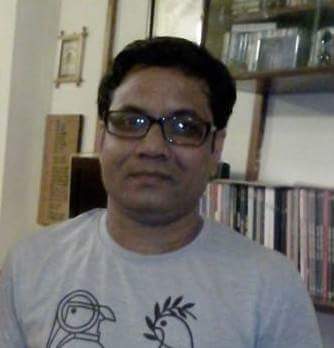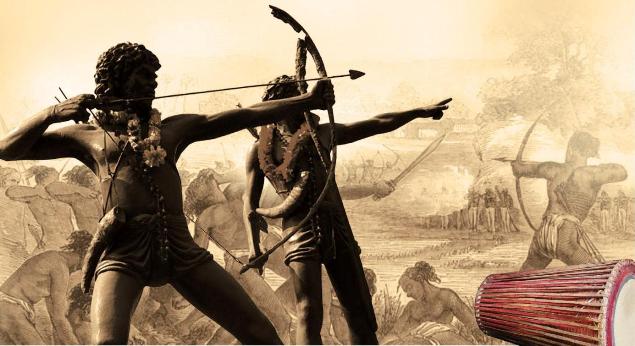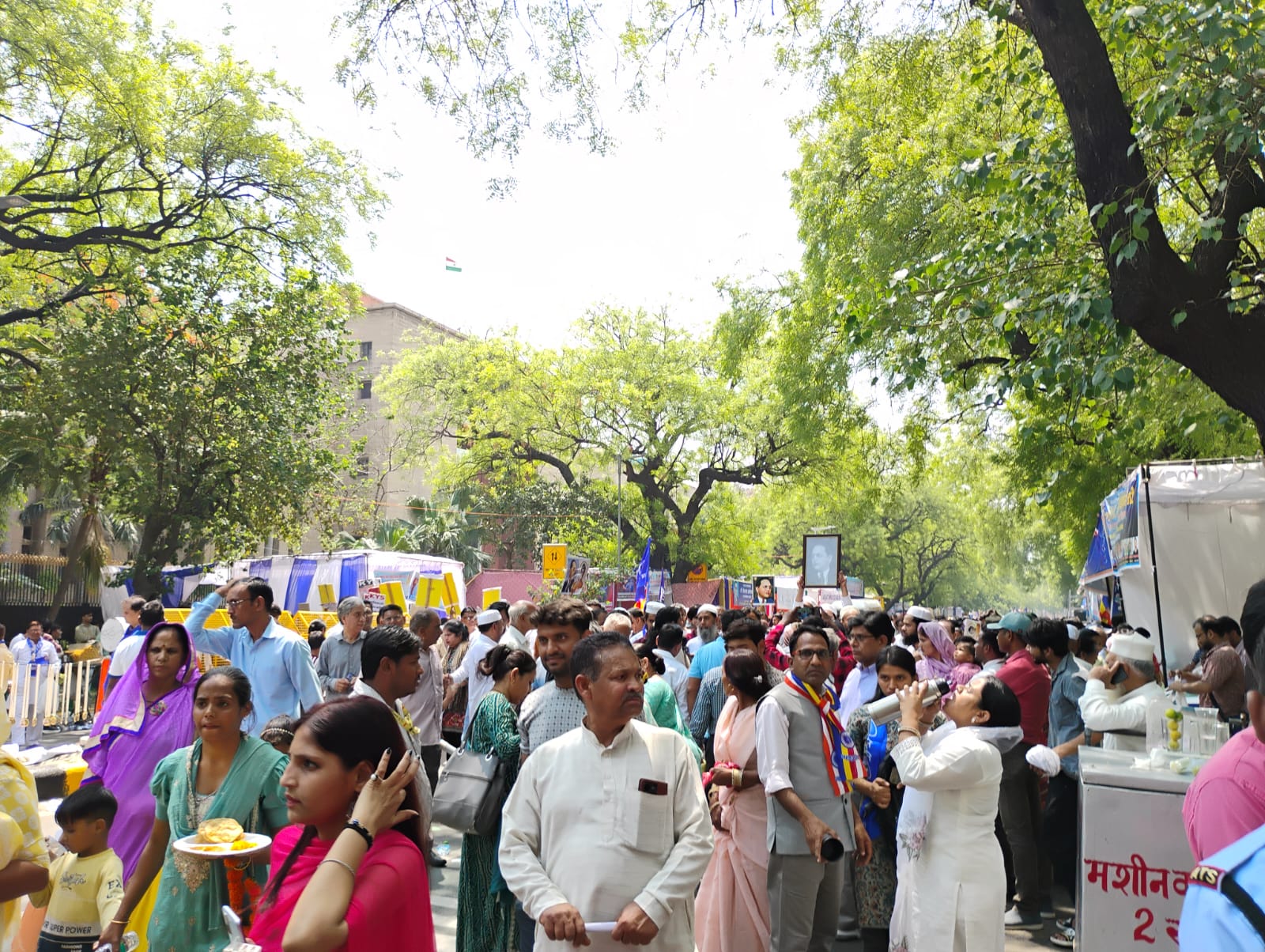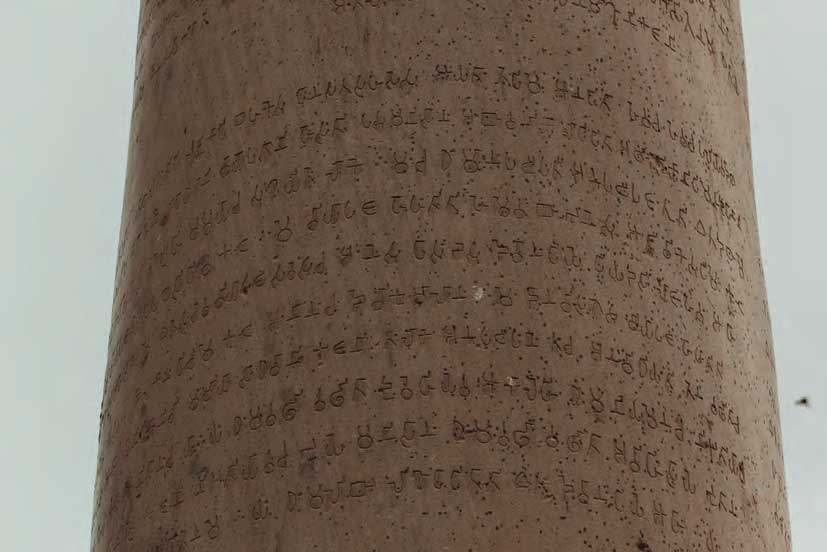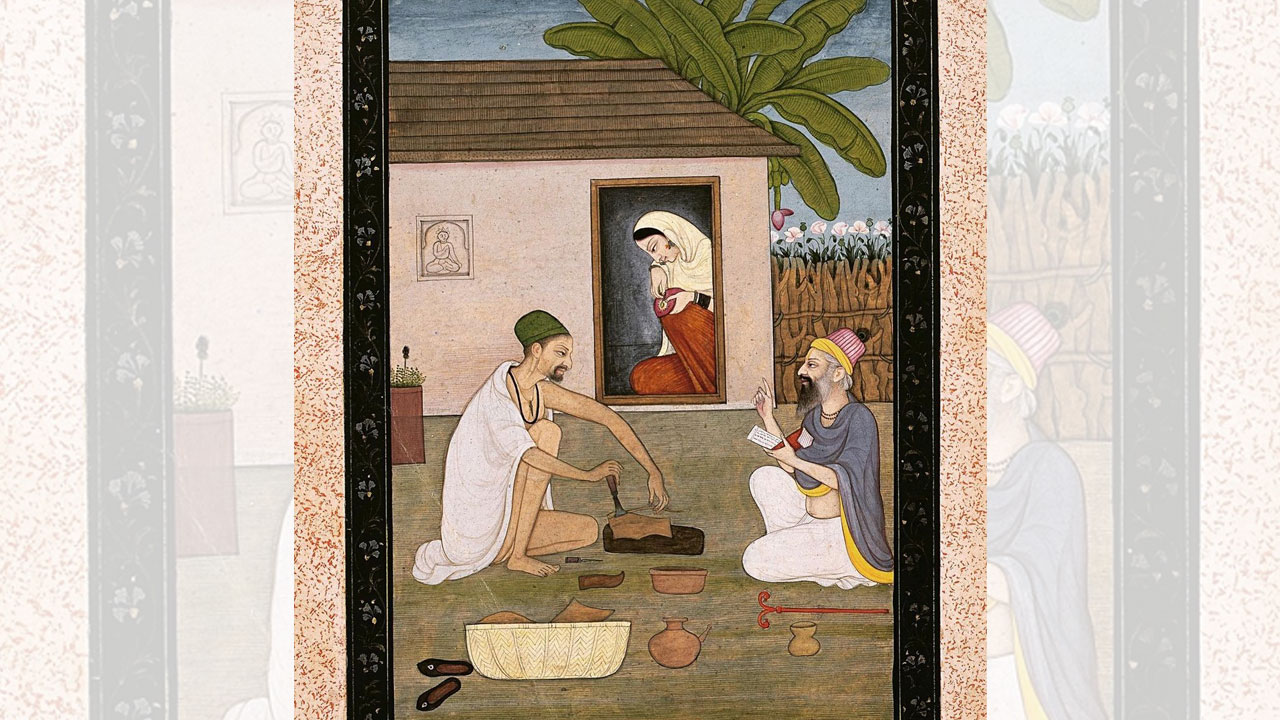Long before the Phules were even born, Chhatrapati Shivaji had brought the backward classes centre stage in the field of politics. Besides Bahujans, his army had a large number of Muslims, too. But after his death, the Peshwas came to control and represent Maratha power. The onward march of the caravan of the Backwards came to a halt. The assets created by the toilers fell into the hands of the Brahmanvadis. Centuries earlier, Pushyamitra Shung, Mauryan Emperor Brihadrath’s army general, had assumed the reins of power after murdering the emperor. Pushyamitra Shung had launched a pogrom against the Bahujans and the Buddhists and strengthened brahmanical Hinduism. Despite all attempts at discrediting Shivaji and his exploits, the Maratha’s warrior’s pro-people stance is still remembered.
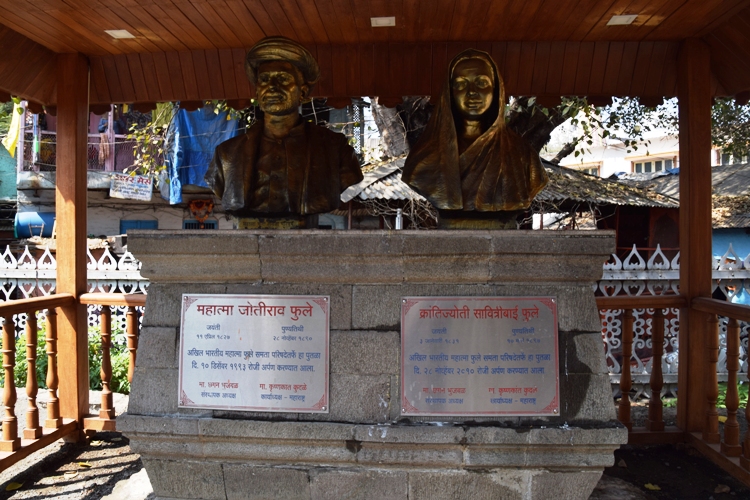
To get a correct view of OBC Literature, it is necessary to study the life and works of Shivaji a little more closely. This is all the more necessary as Hindutva forces are appropriating Shivaji using baseless and unwarranted arguments. Late Marathi writer Govind Pansare’s book Shivaji Kaun Hote provides valuable insights into the life of Shivaji.
Shivaji might have been a great conqueror but his administrative machinery had a human face and his justice system was transparent and secular. This is clear from the fact that he never gave any importance to religion while making appointments to administrative and military positions. One third of the soldiers in his army were Muslims, so was his general Siddi Sambal.
History is a mine of interesting information. In the war between Shivaji and Aurangzeb, a Muslim led Shivaji’s army while a Rajput, Mirza Raja Jaisingh, led Aurangzeb’s army. When Shivaji was incarcerated in the Agra fort, one of the two people who helped him escape was a Muslim – Madari Mehtar. The head of Shivaji’s intelligence wing was Maulana Hyder Ali and his artillery chief was Ibrahim Gardi. Shivaji’s personal bodyguard was Rustam-e-Jana.
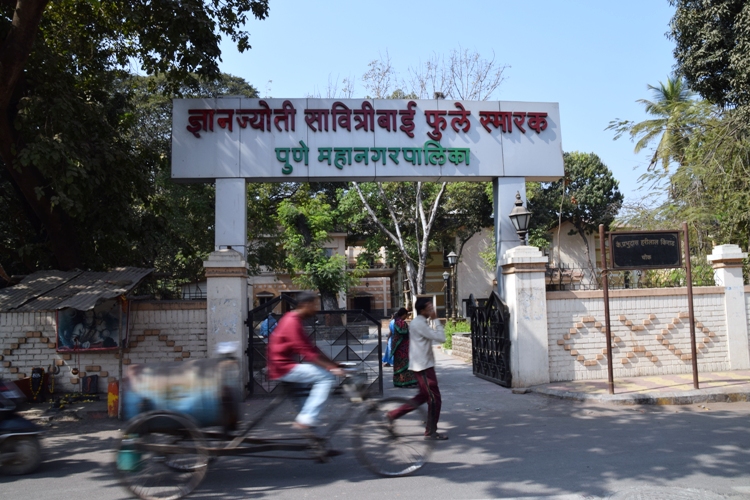
Shivaji was a respecter of all religions. He had ordered payment of lifetime pension to Hazrat Baba Yakut Thorwale. Shivaji had come to the rescue of Father Ambrose when his church was attacked in Gujarat. He had got a mosque built in front of his palace in his capital, Raigadh, so that the Muslims in his court did not have to go far to offer prayers. He had had the Jagdishwar temple built for the Hindus in his employ. He was pro-people in word and deed.
Pro-people tendencies tend to persist in challenging times by changing their form or going into hibernation and then coming to the fore once conditions turn favourable. It is necessary for the scholars of OBC literature and history to study Shivaji. There are many links between Shivaji and the Phule couple but they have yet to be explored. Be that as it may, this article is intended as a brief introduction to the literary contribution of Savitribai Phule, partly to show how she revered Shivaji. In one of her poems, referring to Shivaji, she writes:
Aao suraj ki pehli kiran mein,
Yaad karein Shudron-Asprishyon ke masiha,
Chhatrapati Shivaji ko,
Wah masiha hain – unhein vinamra shraddhanjali.
(In the first rays of the Sun let us remember the messiah of the Shudras and the Untouchables. Chhattrapati Shivaji was that messiah. My humble tributes to him).
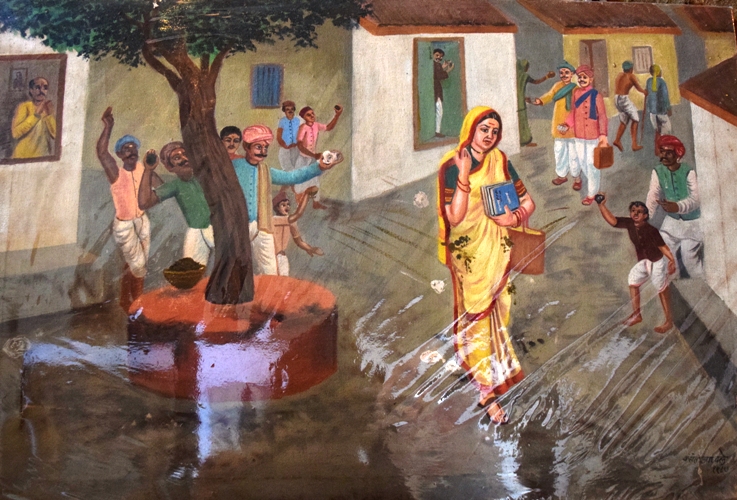
Savitribai was born into an ordinary backward caste family in Nayagaon, near Pune, on 3 January, 1831. Around 200 years earlier, Shivaji was born at Shivneri fort in Junnar, interestingly near Nayagaon. Songs based on Shivaji’s life are sung here even today. At that time, this tradition must have been stronger. But the society in which young Savitribai grew up was vastly different from the society of Shivaji’s time. During Savitribai’s time, brahmanical exploitation was at its peak in Pune and the surrounding areas. The rule of the Peshwas was on the decline but a large section of society was ruthlessly oppressed in the name of religion and faith. Savitribai not only saw this state of affairs but also was its victim. Her childhood was spent in absolute penury. She couldn’t get a formal education. The first book she could lay her hands on was a book of Christian prayers. She kept it safely and took it with her to her in-laws’ place after she got married.
When she tied the knot with Jotirao, she was only 9. Jotirao taught her to read and write. After completing her school education from Ms Farar’s institution in Ahmednagar, she got a teacher’s diploma from the school of Ms Michael Norman in 1848. In the same year, she started teaching in the first school for girls established by her husband Jotirao at Bhidwada in Pune. She continued teaching in the school till her death in 1897.
Alongside Jotirao, Savitribai worked for the development of Bahujans all her life. The couple had to face humiliation and had to struggle hard while canvassing support for widow remarriage and women’s education and to stop other practices that were responsible for social backwardness. Their support to the cause of widow remarriage and their decision to open schools for girls brought them on a warpath with the flag-bearers of the Hindu religion. They were even physically attacked. They had to face casteist barbs. They were undeterred because they firmly believed that till social diseases like casteism and discrimination were done away with, the country couldn’t grow. They devoted their life to fighting these social evils. They were well aware that literature is a potent means for bringing about social change. Both were prolific writers and wrote fiction and non-fiction. Their literary works gave a strong foundation to OBC and Dalit literature and showed the right path to Dr Ambedkar.
It is believed that it is cultural change that leads to social and political changes. Savitribai used education as a cultural tool. Education was the tool that could free people from the stranglehold of Brahmanism. Their Jagran Geet were in consonance with this conviction. Needless to say, the contribution of Phule couple to the development of Bahujan society and literature was invaluable. No one looking for radical feminist writings in OBC literature can ignore Savitribai.
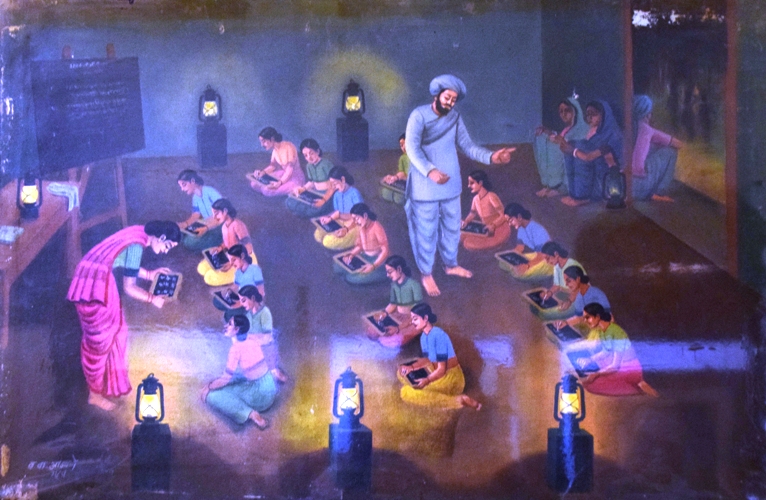
Savitribai’s collection of poems, Kavyaphule, was published in 1854, when no work of Jotirao had seen the light of day. But despite this, her poetry is not as much talked about as the writings of Jotirao. This raises doubts about our capacity to evaluate literary works. Savitribai largely remained in the shadow of Jotirao. K.P. Deshpande wrote the first notable review of her literary works in his book Agniphule.
In her poetry, Savitribai comes across as a proud wife/lover, loving mother, teacher and social thinker. She was the first poetess not only of Maharashtra but of India who was inspired by modern values of humanism, fraternity, nationalism and scientific thinking. These were precisely the values that formed the foundation of Dr Ambedkar’s battle for Dalits – the battle through which he sought to establish and promote social harmony. In that sense, Savitribai’s poems are where the struggles of the Bahujans and Bahujan literature originated.
Savitribai’s poems portray her love for education, family and labour. At one place she says:
Shabd, maati ki mahima ka bakhan nahin kar sakte,
Dharti ka gahan anurag unse hai,
Jo use apne pasine se seenchte hain.
(Words cannot convey the glory of the soil. The land is fond of those who water it with their sweat.)
It is clear that Savitribai believed that the land belongs to those who work it – the tillers. Who works the land? Either labourers or farmers, and both come from backward, Shudra castes. Savitribai, in effect, is saying that the Bahujans (Dalits, OBCs and Tribals) are the owners of land.
The 19th century is widely considered an epochal phase of Indian history. But even at that time, the women of savarna families did not step out of their comfort zone. They saw their happiness in the happiness of their husbands and families and suppressed their wishes. But Savitribai was much ahead of her times. She upheld the Shramanic tradition, in which women were not only companions but equal partners of men. She writes freely on sexual urge.
Wah aur uska saurabh kitna madak hai
Kya uske liye wah hridayarpit kar sakegi?
Wah badta hai
Uske por-por mein umang bhar deta hai,
Baar-baar bhog kar bhag jaata hai,
Use sharm nahin aati,
Aksar puchhta hai,
Wah kaun thi?
(Him and his fragrance – both are so intoxicating. Will she be able to offer her heart to him? He comes closer. He fills every ounce of her body with indescribable pleasure. He comes, relishes her and goes away. He comes again and again – the shameless one. And then he often asks, who was she?)
The woman of Shraman society is not ready to allow her exploitation. Even when she loves someone, she wants equal status. She is ready to accommodate the wishes of the man, but not at the cost of her own. That is why Savitribai cautions women to keep away from lecherous, lustful men. Which community do these men belong to?
A large section of the OBCs is engaged in farming. Savitribai’s poems reflect both a farmer’s struggles and the beauty of his life. She writes:
Kheti-kisani pavitra karma hai,
Yah paka anaj deta hai,
Anajon mein shakti hoti hai,
Jo shareer mein pravahit hokar,
Karm shakti mein badalta hai.
(Farming is a sacred work. If produce ripe foodgrains. The foodgrains have strength, which flows into your body and gives you the capacity to work.)
For the girls of peasant families, the rainy season is nothing short of a festival. In different parts of the country, farmers welcome the first showers in different ways and it an important part of the rural culture. Savitribai’s welcome to rains is very evocative.
Barsaat ne kheton ko bhigo nahva diya hai
Nahane se prakriti khil uthi hai,
Dharti phal-phool se lad gaye hai,
Barish se bheegi dharti,
Yauvan ke poore sabab par hai,
Wah phoolon ke belbute waali hari sari pehne huye hai,
Koyal uske liye geet ga rahi hai.
(Rain has wetted the land, given it a bath. The bath has reinvigorated the land. It is covered with flowers and fruits. The land soaked in water is in the blossom of youth. It is wearing a green sari with borders of flowers. The cuckoo is singing songs to her.)
The next few lines of the poem are:
Manav astitva ko,
Sundartam roop mein phalne-phoolne dein,
Khud jiyein, doosron ko jinein dein,
Manav aur prakriti, sikke ke do pehlu,
Aao inhein bachane ke liye haath milayein
(Let human existence flourish in its most beautiful form. Live and let live. Man and nature are two sides of the same coin. Let us join hands to protect them.)
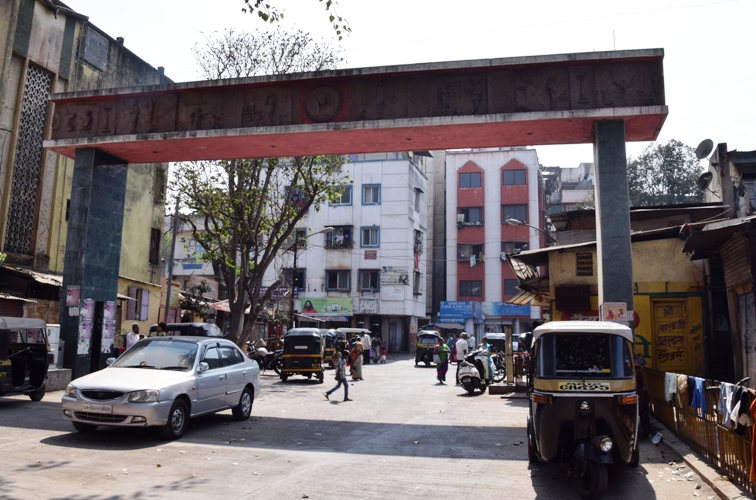
OBC Literature is firmly grounded in the land. It is incomplete without the song of the soil. Savitribai was the daughter of a peasant family. She had seen how fertility of the soil makes the villages happy. In her poem Dharti Gaan she says:
Satrangi dharti, vividh rangi dharti,
Kaali maati mein aanon ko seti dharti,
Phal-phool dene walee ladi-phadi dharti,
Khane ko bhojan dene wali dharti,
Safed maati wali dharti,
Eit, gara aur khapda dene wali dharti,
Dharti kee mahima shabdon se pare hai,
Wah parisharamiyon kee sathi hai
(Seven-coloured land, multi-coloured land. The land incubates foodgrains in its black soil. The land is laden with fruits and flowers. The land gives food to eat. The land of white soil. The land gives bricks, mortar and roof tiles. Words cannot suffice to describe the glory of land. It is a friend of the toilers.)
Savitribai’s poems launch a bitter attack on vicious traditions:
Rogi paramparaon ka juha phenko
Andkaar rupi paramaparaon kee
Dyodhi se pair nikalo,
Padhna-likhna seekho,
Akshar baanchna seekho
Tab dekhoge ki,
Sukhmay samay aa gaya hai
(Throw off the yolk of sick traditions. Step out from the den of dark traditions. Learn to read and write. Learn to read the alphabets. Then you will see that good times have come.)
In her poems, Savitribai remembers Raja Bali. She commemorates Shiva. This Shiva is the Mahadev who is known as Bada Dev by the Tribals; the Tribals consider him their ancestor; Shiva drinks liquor; he is accompanied by a bullock. She remembers Shukracharya, the guru of the Asurs. She writes:
We hamare purkhe the,
Shukracharya unke margdarshak aur guru the,
Ham unke vanshaj hain
Aao poore man se unka vandan karein,
He punyatma, Raja Bali
Log roz tumhara gungaan karte hain
(He was our ancestor. Shukracharya was his guru and guide. We are his descendants. Let us pray to him with our whole heart. Oh great soul Raja Bali, people sing paeans to you everyday)
Savitribai’s poetry proves that the foundation of OBC Literature is very strong. The trials and tribulations and struggle of the backward community are central to her poetry. We should revere her as much as we revere Jotiba Phule. On the intellectual plane, OBC Literature is no different from Dalit or Pasmanda Literature. The seeds of all these literary discourses can be seen in Savitribai’s poems. She was the first rebel poetess of modern Indian literature. It is the responsibility of the Bahujan litterateurs to remember her. Savitribai’s writings have yet to come before Hindi readers. The translation of her works from Marathi into other languages is also important. It will give a new thrust to OBC literature.
For a deeper understanding of Bahujan literature, see Forward Press Books’ The Case for Bahujan Literature. The book is available both in English and Hindi. Contact The Marginalised, Delhi (mobile: 968527911).
Or, find the book on Amazon:
The Case for Bahujan Literature (English edition), Bahujan Sahitya ki Prastavana (Hindi edition)
And on Flipkart:
The Case for Bahujan Literature (English edition), Bahujan Sahitya ki Prastavana (Hindi edition)
